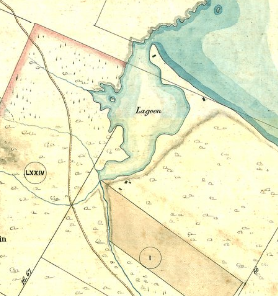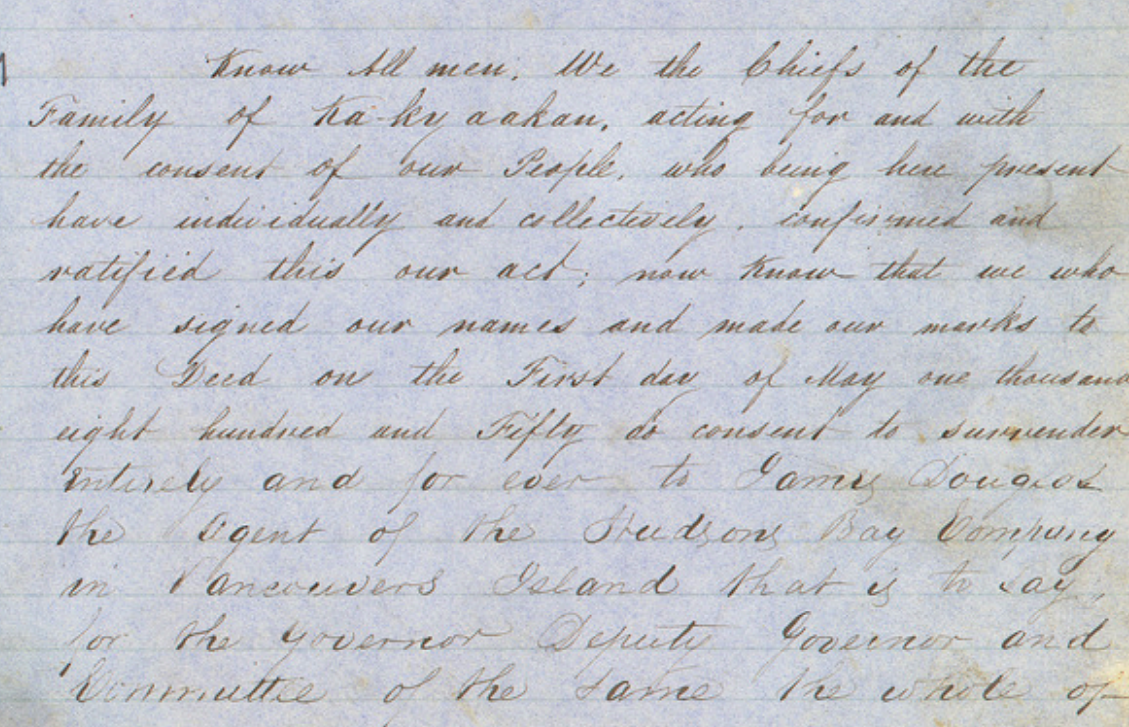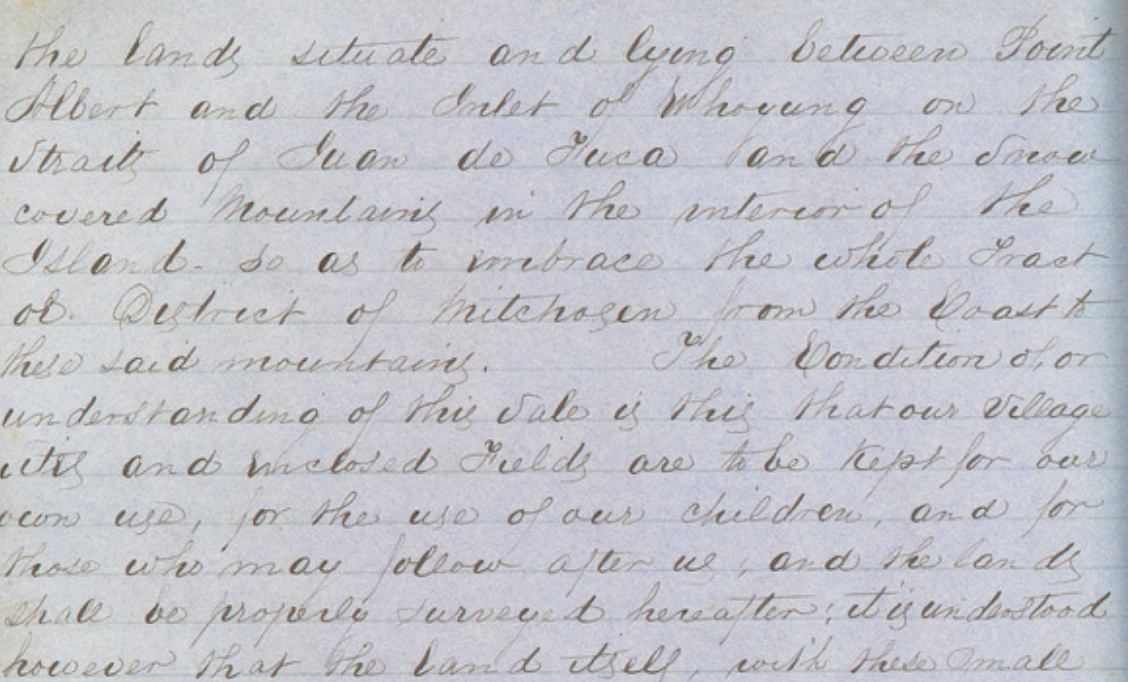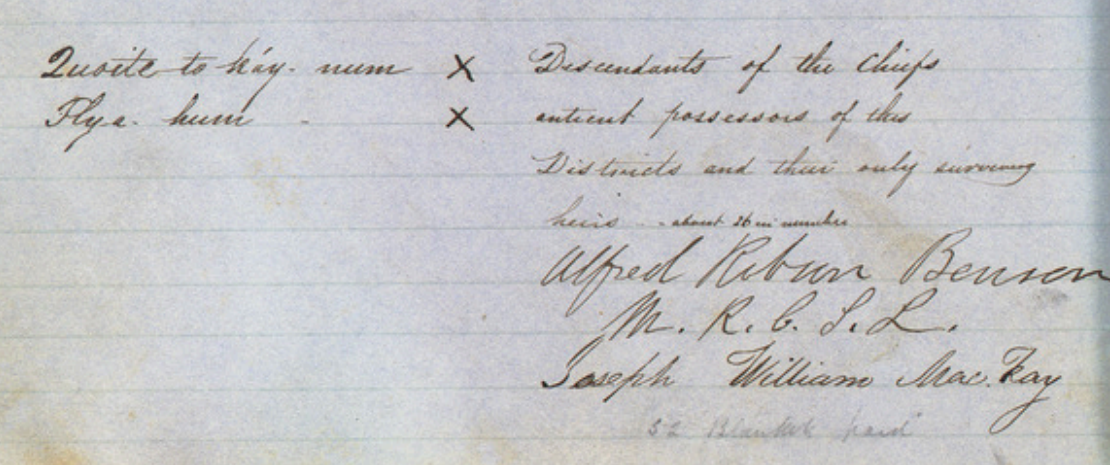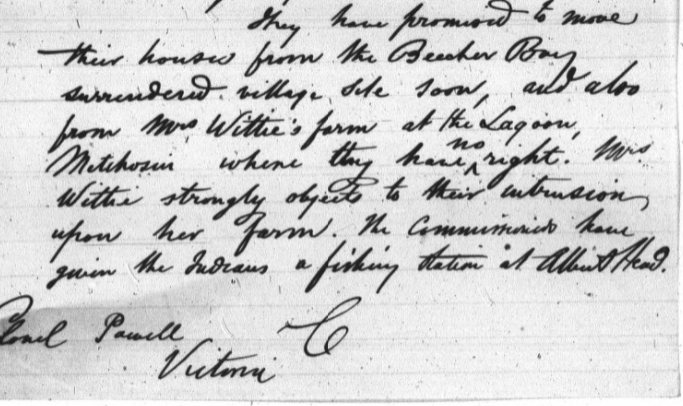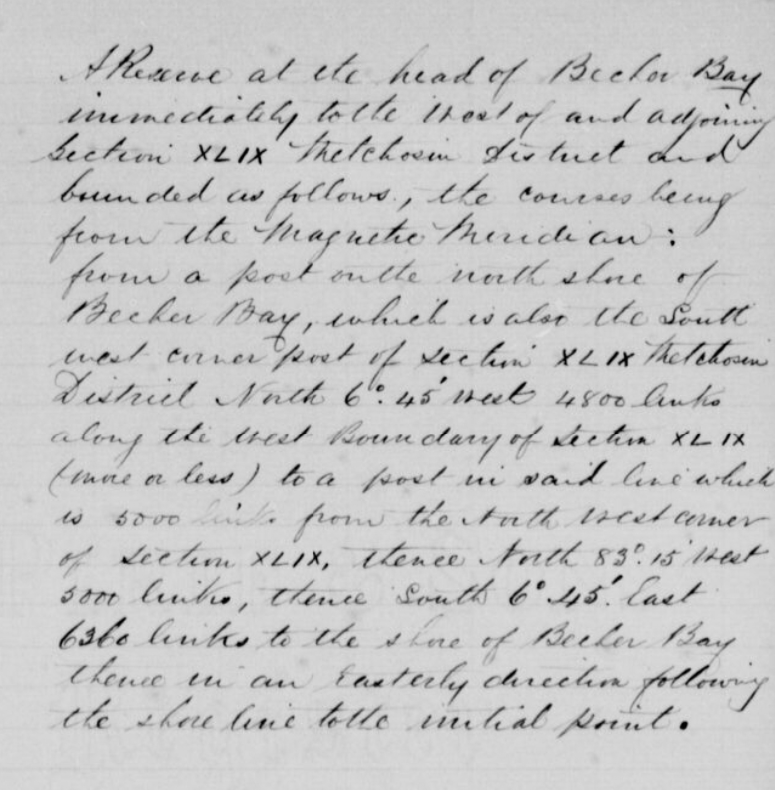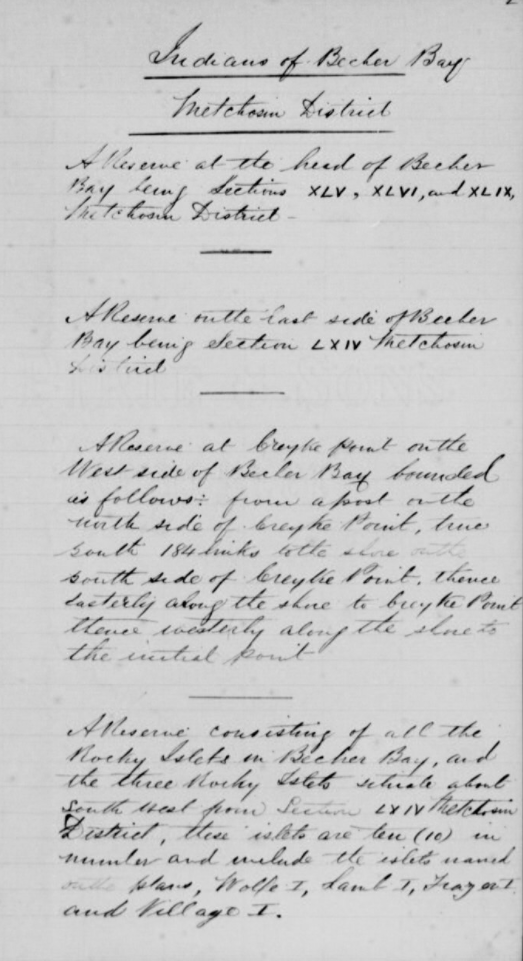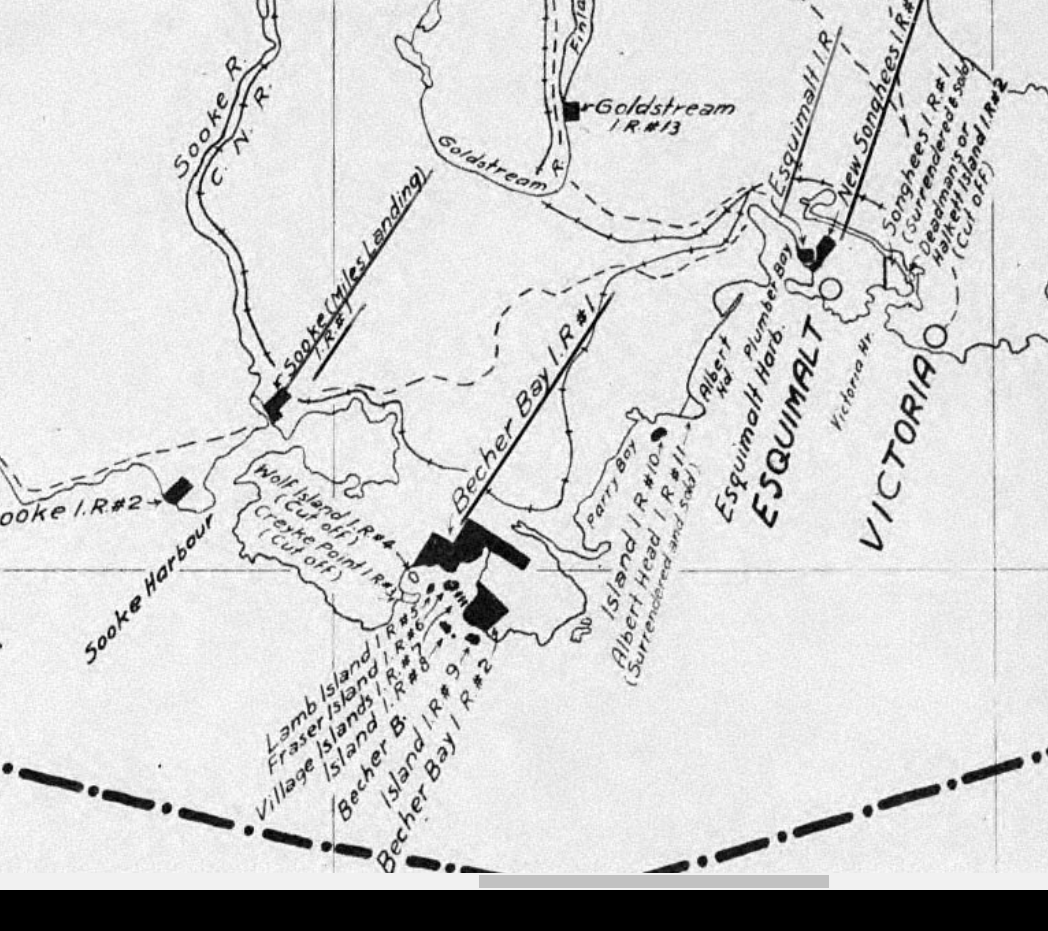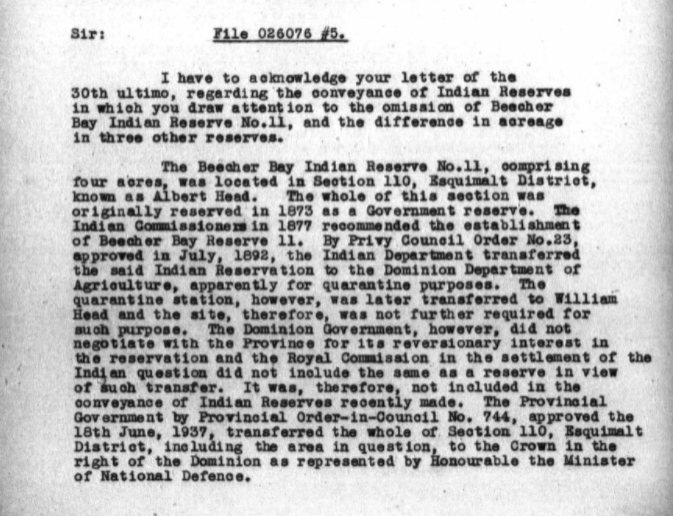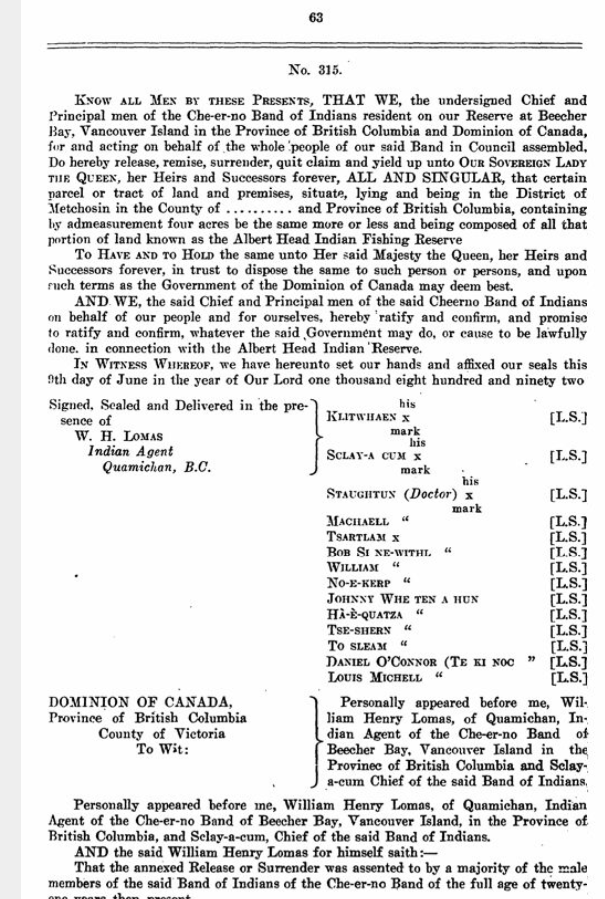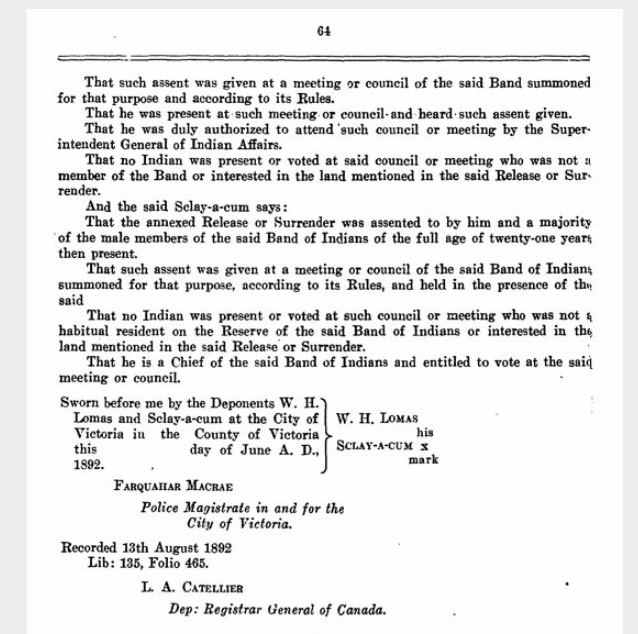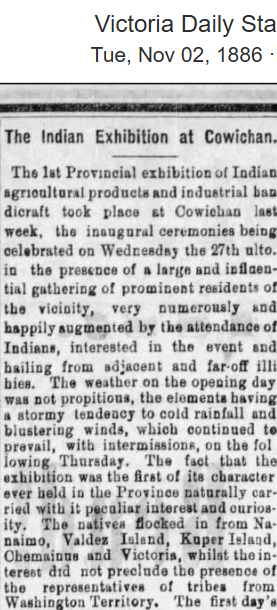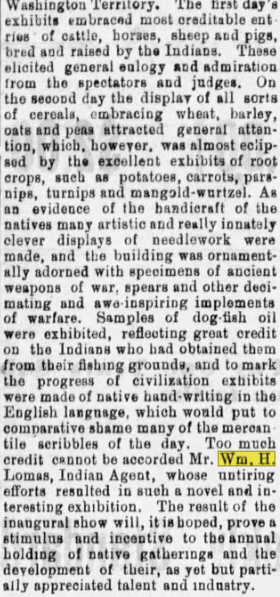Treaty from 1800-Now
This section will focus on documentation and history from various agencies over the 150 year + History of these documents.
This is created with love, understanding and a personal connection to the words I see on the pages. If you have any questions please contact me at scianewklallam.com and I will answer and share any and all information I can.
The Royal Proclamation
Created after the 7 Years war between 4 powers of the time. Once “declared” A Royal Proclamation was done by the King.
https://www.rcaanc-cirnac.gc.ca/eng/1370355181092/1607905122267#sec2
Excerpt of the 1763 Proclamation Specific to the Indigenous People
Please use links below to watch videos by various contributors to the 1763 Proclamation Topic
Indigenous Law on Youtube
https://www.youtube.com/watch?v=1fOc_SzPBTI
History Channel
https://www.youtube.com/watch?v=HKNTBHmWOyA
Lost in History - Royal Proclamation
https://www.youtube.com/watch?v=t8YLj7W-PYY
The information I am pulling is from recorded sources, journals, newspapers articles and other avenues of information sharing used back at the time of colonization.
This First Section is screenshots of Gilbert Malcoms Sproat 1884-1885
British Columbia
A few notes on the province.
https://www.canadiana.ca/view/oocihm.24522/327
Chat GPTsr response to my question posed. Interpret how you will but the colonozing laws in effect make the treaties null and void once HBC was gone,
Journey of Illegal Evictions of the l^kw’ang^n:
Discovery Island to Parry Bay
*Add Author and link
*Add Author and link
A Debt Still Owed
In September of 1861, under the weight of falling rain and colonial decree, the homes of our ancestors were torn down—shelterless, they stood in despair as fire and ruin replaced their village. Four hundred souls—men, women, and children—were displaced, stripped of dignity in the heart of their own homeland.
The agreement offered in those days—a dollar a month in ground rent per home—was never honored. Nor was the humanity of the people it was meant to appease. That promise, like so many made under colonial rule, was cast aside the moment it proved inconvenient to power.
We, their descendants, stand today not in anger, but in memory. Memory of what was taken. Memory of what was promised. Memory of the debt that remains unpaid.
The city that now rises from these grounds—Downtown Victoria—was built upon scorched homes, broken faith, and a dishonored treaty. And so, with clarity and resolve, we remind the world:
The land remembers.
The ancestors remember.
And we remember.
This debt is not forgotten.
It is carried—in spirit, in justice, and in our voices—until it is made right.
Indian Evictions The Daily Press Victoria, Thursday September 5, 1861
https://www.newspapers.com/image/774716709/?match=1&terms=indian%20evictions
Please keep in mind that this reflects a period already 100 years into sustained contact — a time when Indigenous peoples were being gradually displaced and amalgamated from distinct tribal identities into a handful of small to mid-sized nations.
There is so much more to uncover — more stories, more voices, and more maps that show exactly where we were at the time our worlds collided with those of the newcomers.
Ky-kakyaken Group — Origins of “Metchosin”
Now known as Metchosin, this place carries a much older name and story rooted in the Ky-kakyaken group, whose ties to the land stretch far beyond colonial memory.
As the story was told to me, sometime between 1750 and 1850, my great-great-great-grandfather stood on this land, pointing to a beached whale. Speaking in his own dialect, he described what he saw — a word that sounded like “metchosin.”
The newcomers, unfamiliar with his language and unaware of the meaning, misinterpreted the word as a place name. That single moment of misunderstanding led to the name "Stinking Fish" in English — a term still echoed in settler maps and records today.
But he wasn’t naming the land. He was describing the whale.
What they heard was not what was meant. And what was meant still lives in our language.
**“In 1877, the Indian Reserve Commission documented an agreement by the Beecher Bay people to surrender their village site on the west side of Beecher Bay. Among those who resisted removal was our ancestor, Slcaycum, who wished to remain on the land.
Despite this, settlers like Mrs. Wittie declared they had ‘no right’ to be there—denying the ancestral presence that long predated settler claims. Our relatives were displaced first from their village, then from Mrs. Wittie’s farm near the lagoon in Metchosin. In response, the Commission designated a fishing station at Albert Head as a replacement.
But even this supposed remedy was temporary. By 1913, that very same Commission allowed the Department of National Defence to appropriate Albert Head, once again dispossessing our people—this time for military use.
This letter marks one step in a broader colonial process—one that systematically displaced our family, erased land rights, and reshaped our homelands without consent.”**
On Pre-Filled Treaty Documents
This document is an example of a blank treaty template — a legal form created in advance, with key details such as land descriptions, mineral rights, and signatory information left empty at the time of drafting.
In many cases, such documents were later retroactively completed — sometimes months or even decades after initial meetings took place. During these meetings, Indigenous leaders may have believed they were there to discuss terms or confirm mutual understanding. Instead, their names and presence were used to validate decisions that had already been written, or would later be interpreted as formal consent.
These practices raise serious questions about free, prior, and informed consent, as well as the legitimacy of surrender or sale claimed in such documents. What was signed — and what was understood to be signed — were not always the same.
The System: Agents,Legislators,Governors and Kings
Historical List if Indian agents and agencies in Canada
https://publications.gc.ca/collections/collection_2018/aanc-inac/R32-413-1960-eng.pdf
Indian Agent WM. H Lomas of Duncan
“While I acknowledge the contributions and developments Wm. H. Lomas was involved in, it’s important to remember that these actions were part of his official role. In the pursuit of honest and full historical context, we must tell these stories not only to recognize accomplishments, but to illuminate the systemic barriers—often invisible to the broader public—that shaped and limited Indigenous experience. These truths are essential to understanding the larger picture.”
An Article done in 2019 about WM. H Lomas from the Authors Perspective
https://www.vancouverislandfreedaily.com/opinion/t-w-paterson-column-the-mysterious-demise-of-the-respected-wm-h-lomas-7183827
Clipping from 1886 About the Cowichan Exhibition mentioned int he 2019 article.
https://www.newspapers.com/image/775411151/?match=11&terms=wm.%20h%20lomas
You do need an account/subscription to access the newspapers.
https://heritage.canadiana.ca/view/oocihm.lac_reel_t16110/446
Use this link to access clipping and some more information about Mr. Lomas and his case.















